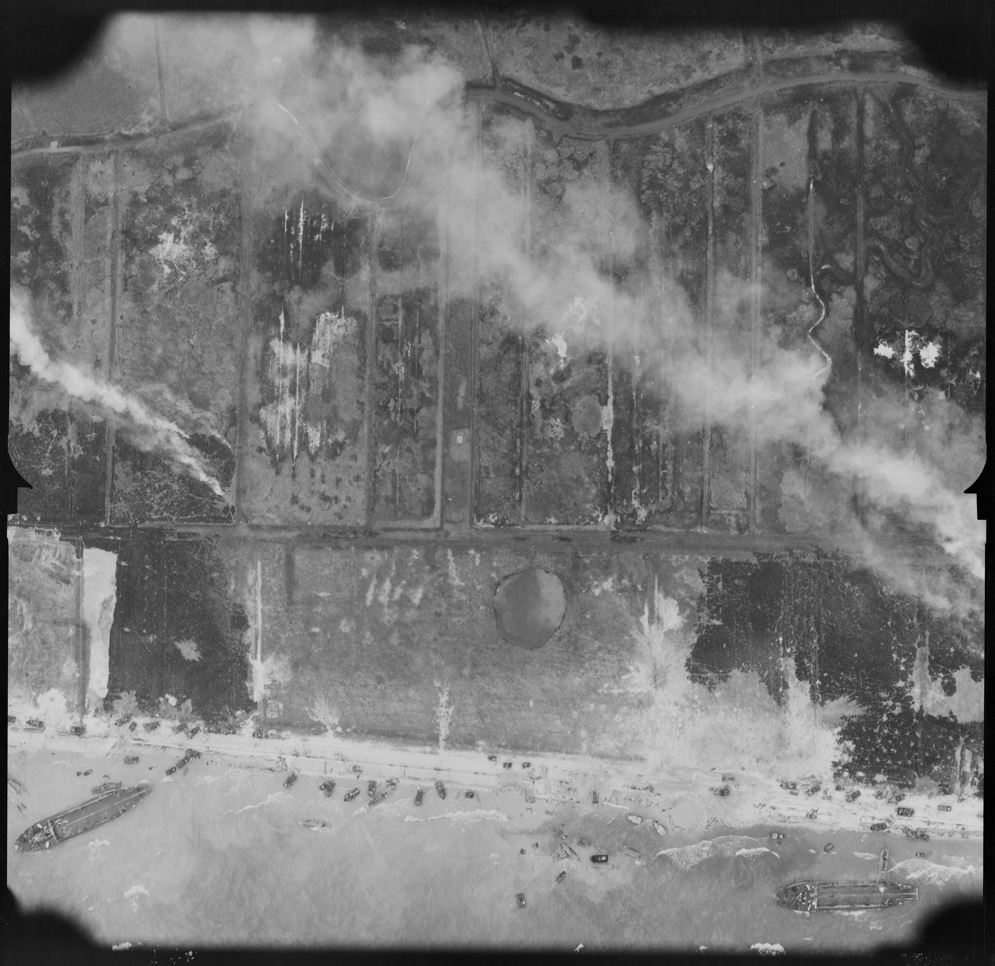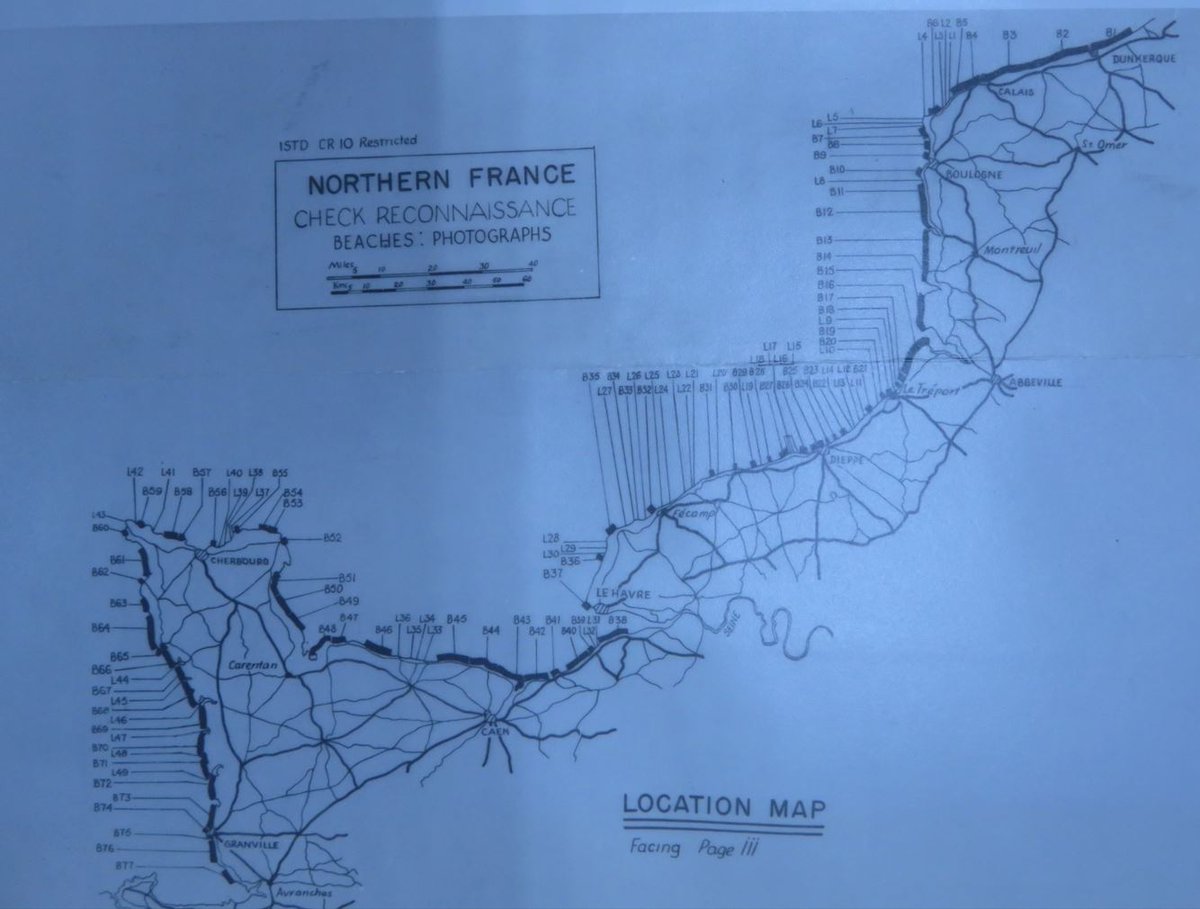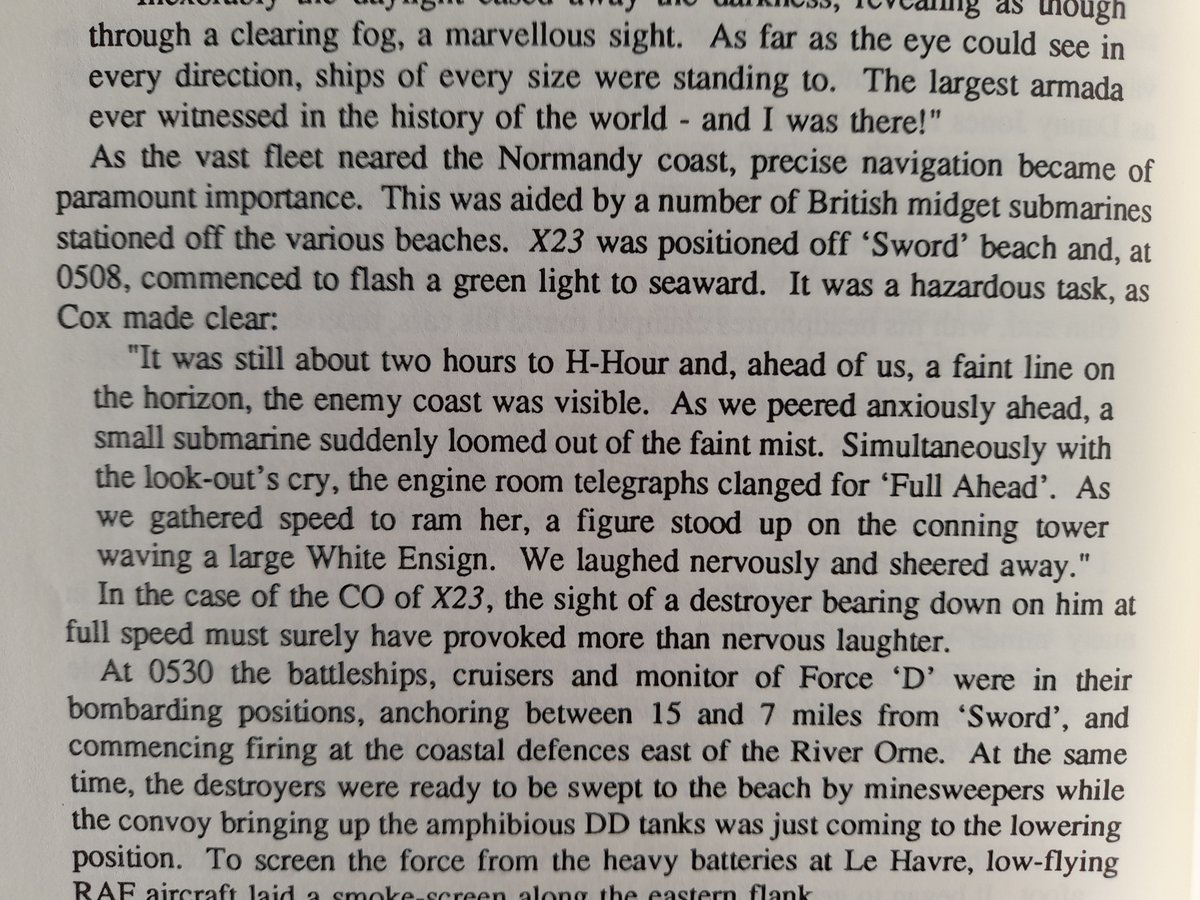The #selfie stick: a military history thread.
Selfie sticks have, of course, been around as long as the wheel. But despite this, their use in the military can only be traced back to the 17th century.
Selfie sticks have, of course, been around as long as the wheel. But despite this, their use in the military can only be traced back to the 17th century.
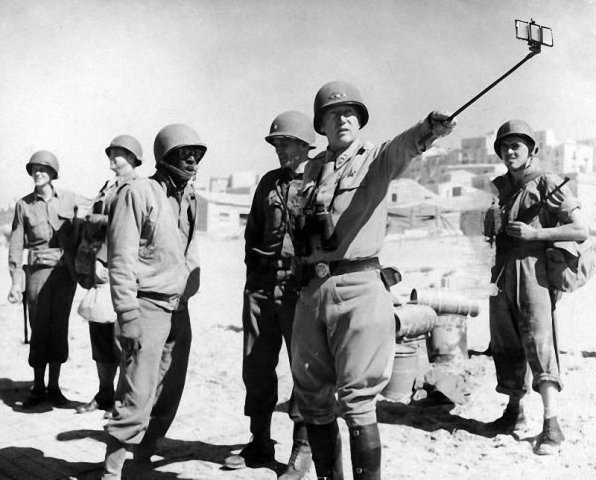
Prince William of Orange bought the fad to England from Europe when he landed at Torbay in 1688. Not one to show off, William always avoided looking directly at his phone. Artist Jan Wyck has beautifully captured William's sideways glance as he struggles to line up the shot. 

It was George Washington who started the fashion for looking directly at the camera when he captured the moment of his victory at Trenton in 1777. Enraged that his horse, Blueskin, refused to look at the phone, Washington later returned him to his original owner. 
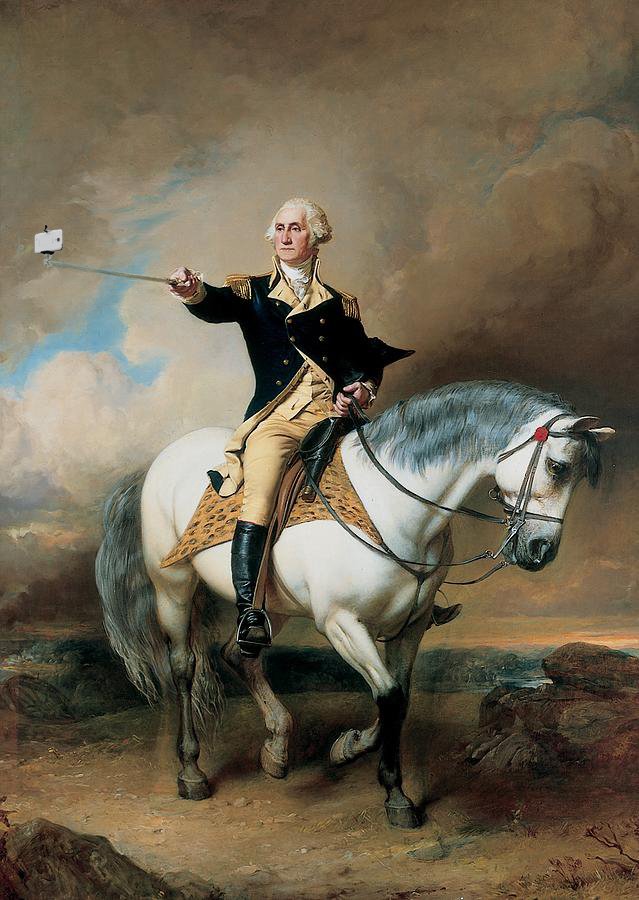
By the dawn of the 20th century, selfie sticks were rightly recognised as one of the world’s most lethal weapons. Hurried exercises with dummy sticks sought to find a suitable defence against them. It was soon realised that there was none. 

During #WW1, it became highly desirable to capture a wider audience in the selfie, but the narrow angle lenses of the era’s mobiles made this difficult. Here King George V extends an experimental telescopic selfie stick to position the phone further away and capture a wider view. 
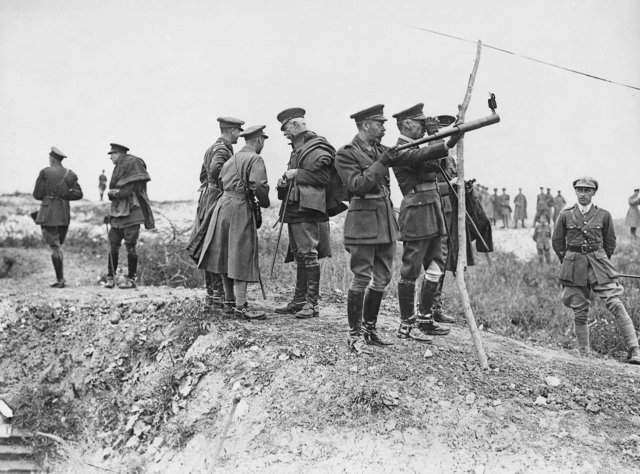
During the two World Wars, selfie sticks were much sought after by the rank and file. Senior officers often had to guard them closely to make sure that there was no danger of pilfering. 

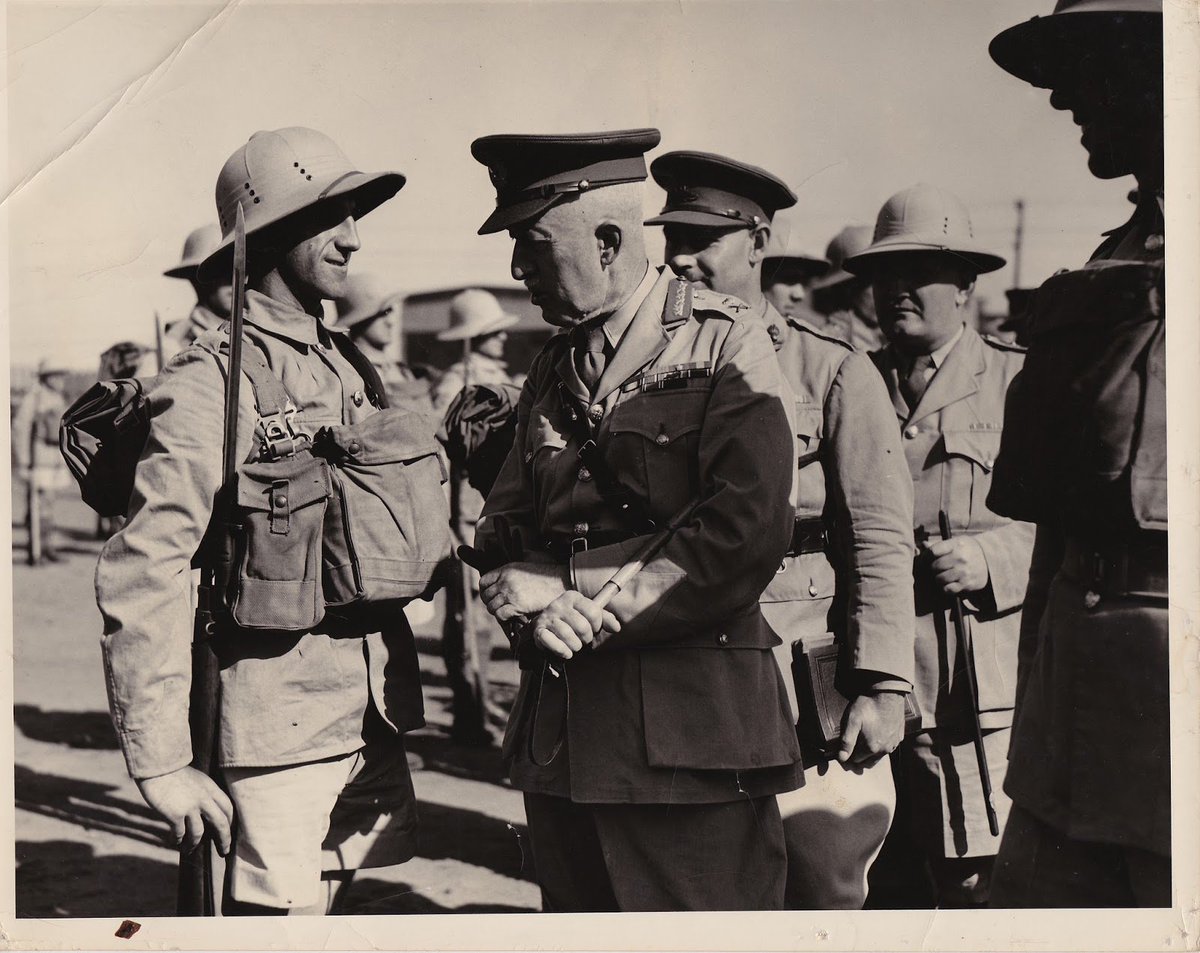
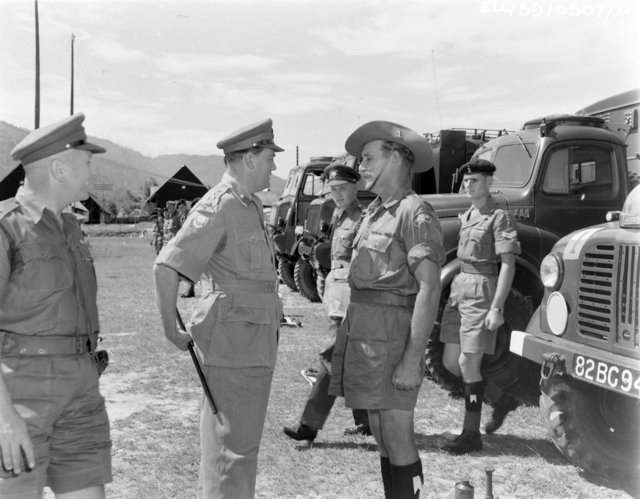
But one could frequently be had away from an officer when his back was turned and little time was wasted by the enlisted men in posing in the field. 
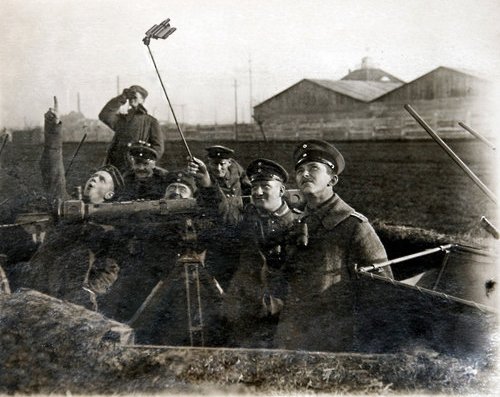
Another ardent fan of the selfie was, unsurprisingly, General Patton. Here he has slung his phone over his shoulder to access a small compartment in the stick. Although it's often claimed Patton modified it to contain a blade, in fact it held a small microfiber cleaning cloth. 

Winston Churchill recognised the selfie stick as an essential propaganda tool and never missed the opportunity to capture images of himself next to famous generals.
But even Churchill wasn’t in the same league as the century’s most prolific selfie stick user…
But even Churchill wasn’t in the same league as the century’s most prolific selfie stick user…
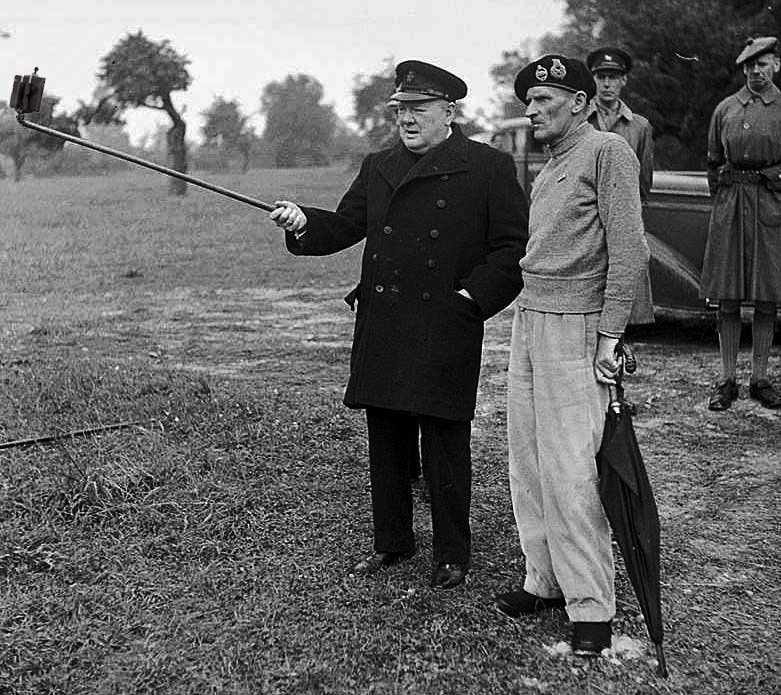
… Erwin Rommel. Never without a selfie stick, his staff were ordered to carry spares. It's rumoured that he was so obsessed with photographing himself that he was still capturing images the moment his staff car was shot up in July 1944. Sadly the photos have never surfaced. 


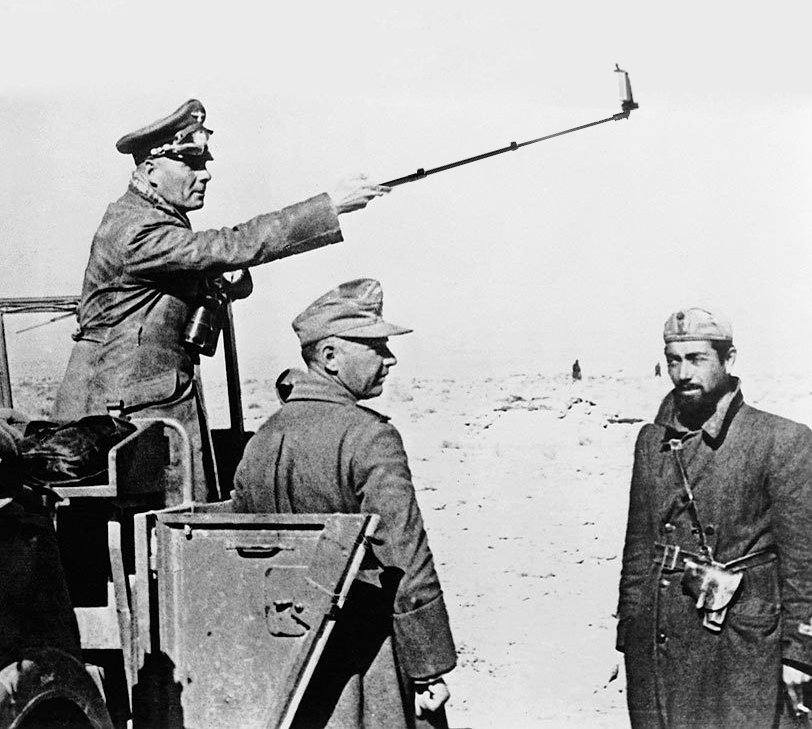

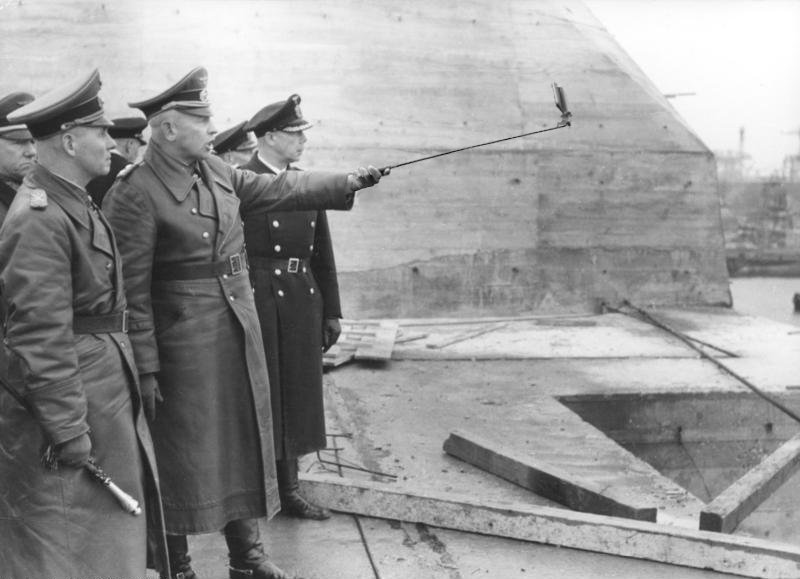
Rommel's legacy continues to this day. James Mason spent several months perfecting the Field Marshall's selfie technique when he played him in The Desert Fox in 1951. Several of Rommel's original selfie sticks went missing during filming and have never been found. 



But selfie sticks were becoming one of the world’s most detested weapons. Most armies destroyed their own stocks after the war and, along with mustard gas and landmines, they have been banned by the Geneva Convention. 
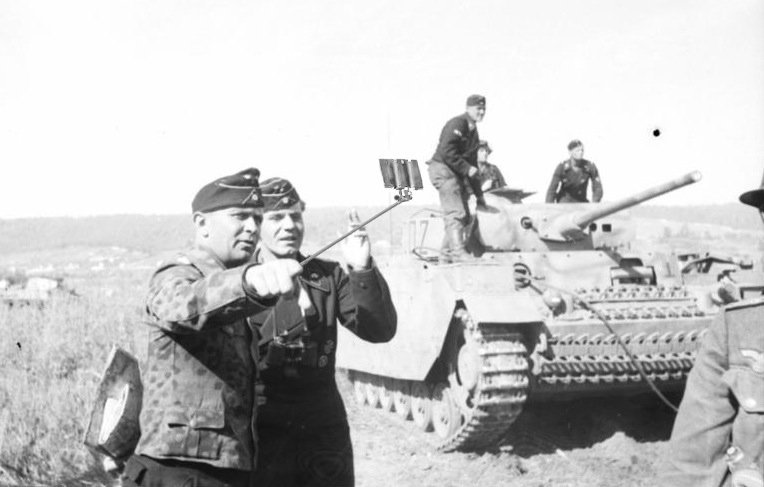
For some time the British public’s only awareness of them was through Dad’s Army, where Captain Mainwaring was frequently seen armed with a Home Guard improvisation. In reality Home Guard units had been well equipped with military grade selfie sticks during the war. 

The release of Saving Private Ryan in 1998 created widespread panic in military circles. The film introduced the selfie stick to new generations of a worldwide audience: several countries considered preemptive rearmament, lest rogue nations should start to develop their own. 
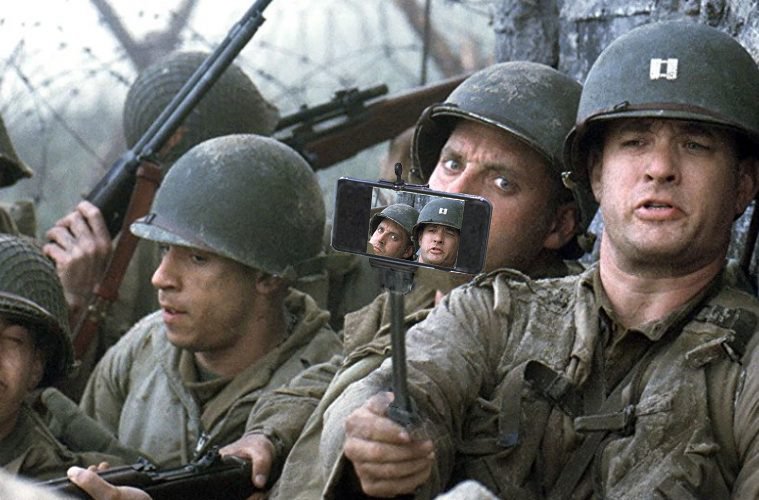
To great relief, this hasn’t yet happened and worldwide, armies continue to rely on safer ways of recording events in the field. 
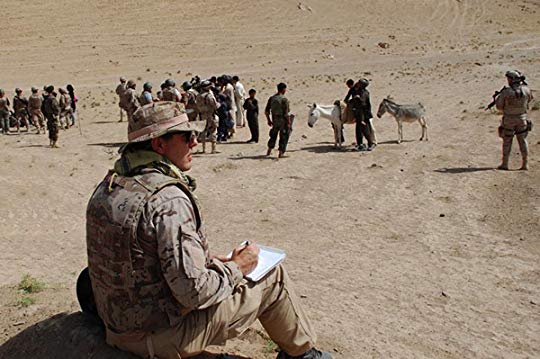
Modern images purporting to show world leaders experimenting with the weapons occasionally surface, but these are quite obviously crude fakes. The horror of the stick remains firmly in the past.
Thanks to @rgpoulussen and @KnowledgeVoyage for the inspiration to research this.
Thanks to @rgpoulussen and @KnowledgeVoyage for the inspiration to research this.

• • •
Missing some Tweet in this thread? You can try to
force a refresh










